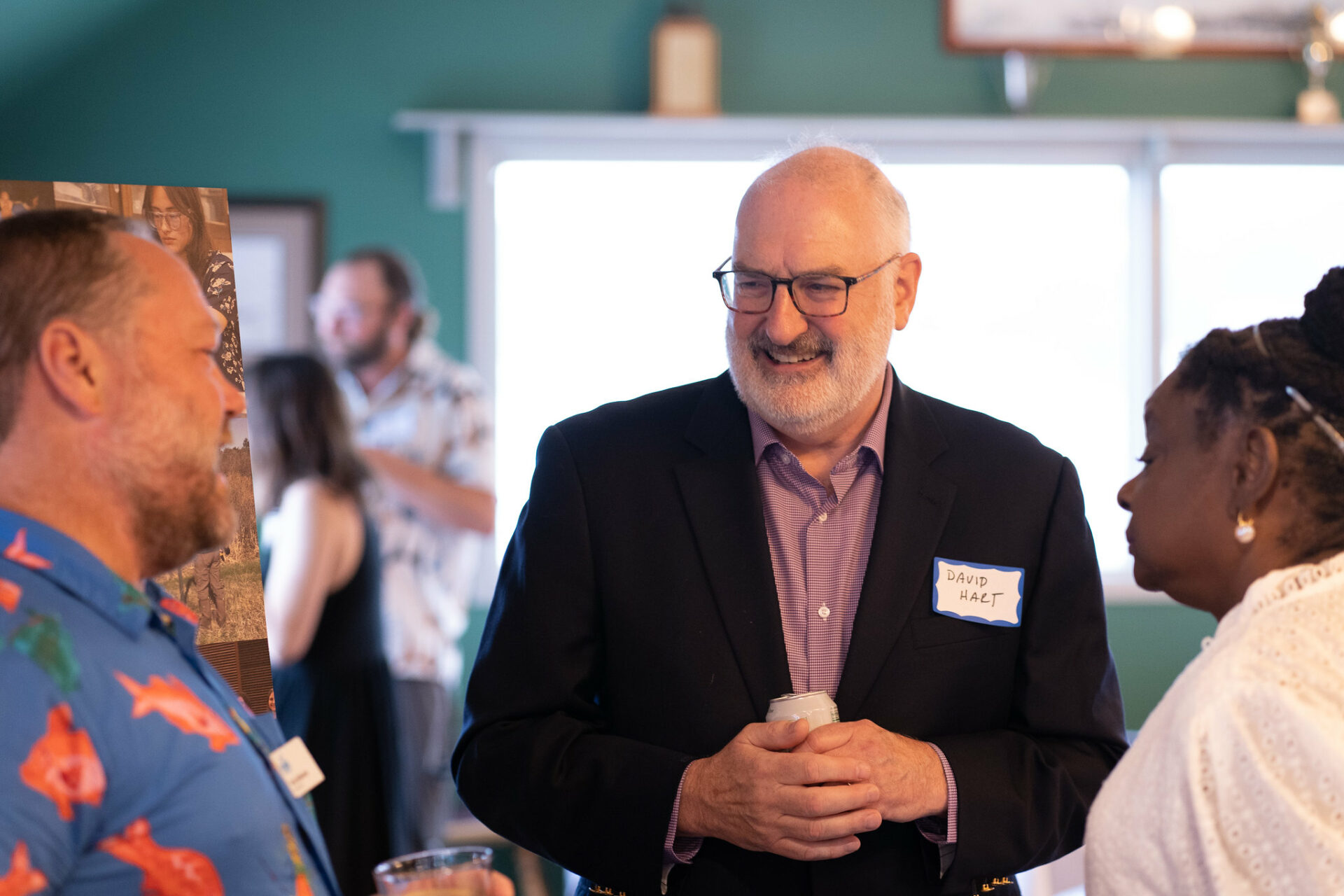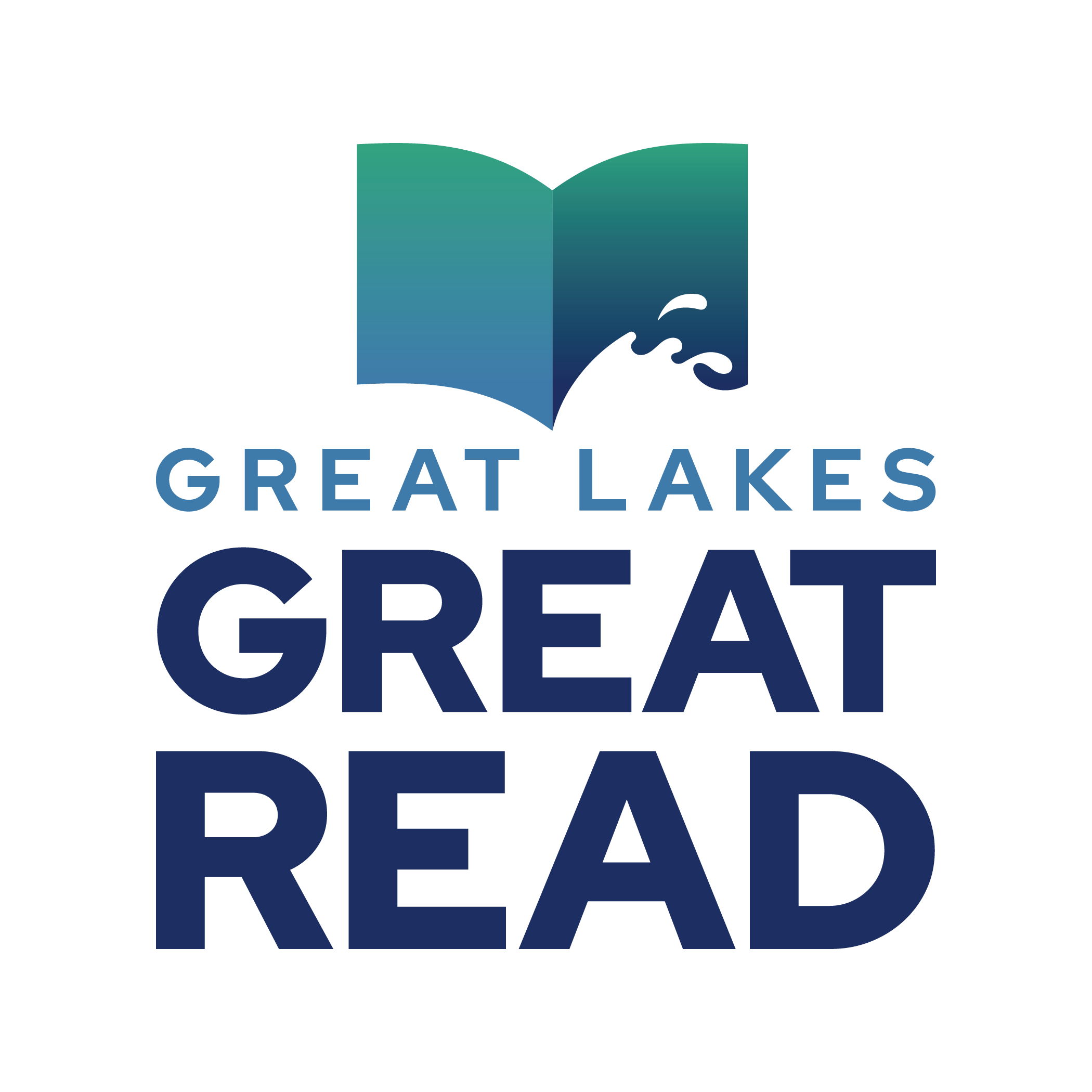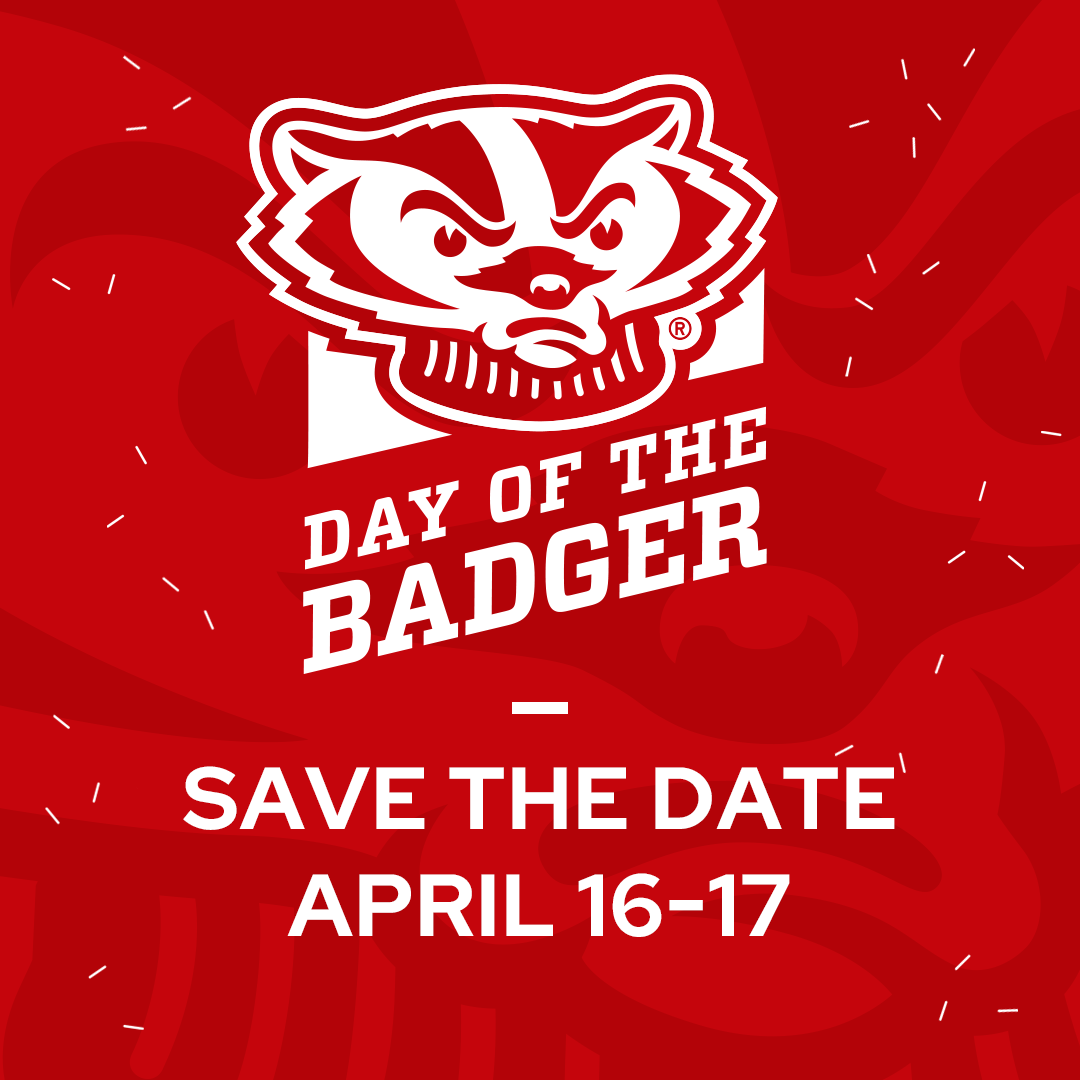If your New Year’s resolution is to start an aquaculture business in Wisconsin, you’re in luck. Wisconsin is one of the only U.S. states that is mapped out with the aquaculture industry in mind. The mapping tool shows locations of current aquaculture operations and areas where factors are favorable to site a new operation.
The tool is thanks to the wonders of geographic information system technology and the inspiration of Chris Hartleb, professor of fisheries biology at the University of Wisconsin-Stevens Point and a Wisconsin Sea Grant-funded researcher.
Hartleb successfully applied for an aquaculture grant from the National Sea Grant College Program in 2012. Aided by UW-Stevens Point graduate student Allen Brandt, their efforts, entitled a “GIS-based Analysis of Sustainable Domestic Aquaculture Development in Wisconsin,” are now accessible to the public through the Northern Aquaculture Demonstration Facility’s website. Different sets of the multilayered maps are available for pond aquaculture and flow-through aquaculture (artificial stream/raceway facilities). You can also view Brandt’s thesis on this page.
Hartleb explained that he and Brandt looked at the entire state of Wisconsin and plotted the location of its 314 commercial fish farms. Then they looked at factors such as land use, zoning permits, soil types, slope and water quality based on data from the Wisconsin Department of Natural Resources and the Wisconsin Groundwater Center at UW-Stevens Point.
They combined the data to see if there was a relationship between successful current operations and their physical locations. The findings weren’t what they expected.
“Water hardness and alkalinity turned out to be some of the more important water quality factors,” Hartleb said. “That surprised us. We thought pH or ammonia or nitrates would be more important.”
Then the duo took it one step further. “We asked where those favorable features are, but there are no fish farms. Could the maps be used as a siting tool for future fish farms in the state?” Hartleb said.
As it turns out, yes, they can be used for this purpose, with certain disclaimers. “The maps contain the natural and biological features that long-lasting fish farms have in common,” Hartleb explained. “By no means does this mean you can put a fish farm there and you’ll be in business forever. The human factor plays a role as well.”
The same human-factor disclaimer applies to farms located in areas considered undesirable for a fish farm. “If you put your arms and legs into it, and probably a backhoe, you could make a poor area good for fish farming,” Hartleb said.
Another thing lacking from this tool is the social aspect. Hartleb has hopes to add that in the future. This includes such things as how close the farms are to major roads for fish delivery, and how close they are to supermarkets or population centers where farmers would have a better chance of selling their fish.
“We’ve looked at whether you can raise the fish. The next question is, can you sell them?” Hartleb said.
For now, Hartleb is just happy to get the word out about these new decision-making tools to people who are interested in starting their own aquaculture businesses. “We keep hearing that aquaculture is growing in Wisconsin. Now there’s a road map.”





